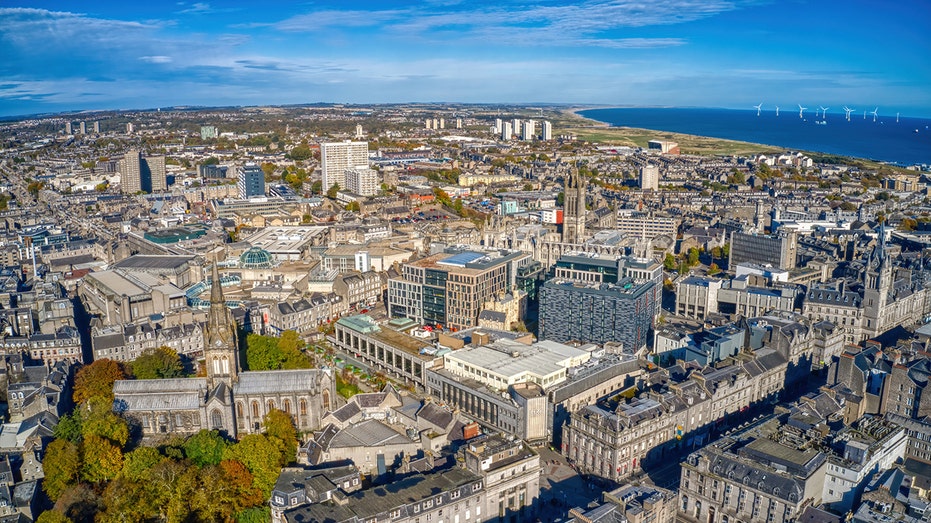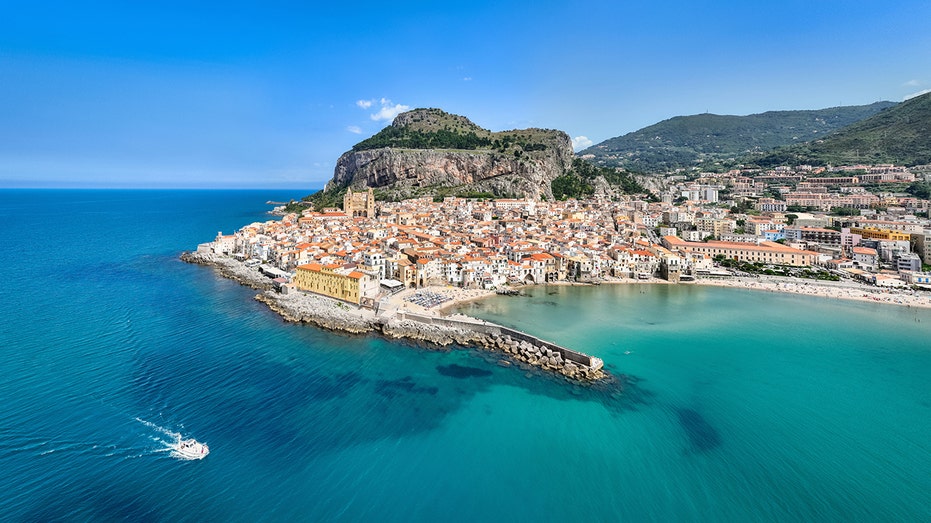Analyzing Aberdeen's New Visitor Tax: Will it Boost Tourism or Backfire?

Sarah Johnson
August 9, 2025
Brief
Analysis of Aberdeen's new visitor tax, examining its potential impact on tourism, the local economy, and regional competitiveness.
Aberdeen's Visitor Tax: A Necessary Measure or a Risky Gamble?
Opening Analysis: Aberdeen's decision to implement a visitor levy reflects a growing trend among European cities grappling with the challenges of overtourism. While the city aims to boost its local economy and fund major events, the potential impact on tourism and the broader implications for regional competitiveness warrant a closer look.
The Bigger Picture: The concept of tourist taxes isn't new, but its proliferation across Europe signals a shift in how cities manage tourism's impact. Historically, cities have prioritized attracting tourists, often at the expense of local infrastructure and quality of life. The rise of budget airlines and the sharing economy has exacerbated this issue, leading to overcrowding, strain on resources, and resentment from local residents. Cities like Venice, Barcelona, and Amsterdam have already implemented various forms of tourist taxes and restrictions to mitigate these negative effects. Aberdeen's move is part of this broader trend, reflecting a growing recognition that tourism needs to be managed sustainably.
What This Really Means: Aberdeen's 7% visitor levy, projected to generate over $7 million annually, is intended to reinvest in the city's tourism infrastructure and attract more events. However, the success of this initiative hinges on several factors. First, the tax could make Aberdeen less competitive compared to other destinations that don't have such levies. Second, the effectiveness of the tax depends on how transparently and effectively the funds are used. If visitors don't see tangible improvements in their experience, they may be less willing to pay the added cost. Third, the impact on local businesses, particularly smaller hotels and guesthouses, needs to be carefully monitored. It is possible that the increased cost to tourists will be a barrier to some tourists, who instead choose to visit a different area of Scotland.
Expert Perspectives:
- Professor John Lennon (Tourism Expert, Glasgow Caledonian University): "Visitor levies can be a useful tool for managing tourism's impact, but they need to be carefully designed and implemented. Transparency and demonstrating value for money are crucial for ensuring public support."
- Dr. Anna Pollock (Sustainable Tourism Advocate, Conscious Travel): "The real solution to overtourism is not just about adding taxes, but about fundamentally rethinking how we approach tourism, focusing on quality over quantity, and empowering local communities."
- David James (CEO, Scottish Tourism Alliance): "While we understand the pressures on local authorities, it's essential to ensure that any visitor levy doesn't negatively impact Scotland's competitiveness as a tourism destination. Careful consultation with the industry is vital."
Data & Evidence:
- A recent study by the European Travel Commission found that 68% of Europeans support some form of tourist tax, provided the revenue is reinvested in tourism infrastructure and services.
- Venice, one of the first major cities to implement a tourist tax, has seen a 5% decrease in overnight stays in the year following its implementation, but a 12% increase in spending per visitor, suggesting a shift towards higher-value tourism.
- Amsterdam's tourist tax revenues have increased by 20% annually since 2019, allowing the city to invest in sustainable tourism initiatives and improve the quality of life for residents.
Looking Ahead: The success of Aberdeen's visitor levy will likely influence other cities in Scotland and the UK considering similar measures. The key factors to watch include:
- The actual revenue generated by the tax and how it's allocated.
- The impact on visitor numbers and spending patterns.
- The response from local businesses and residents.
- The emergence of any unintended consequences, such as increased tourism to neighboring areas without the tax.
The Bottom Line: Aberdeen's visitor levy is a calculated gamble. It could provide a much-needed boost to the city's economy and tourism infrastructure, but it also carries risks. Its success depends on careful implementation, transparent communication, and a broader commitment to sustainable tourism practices.
While the implementation of tax is intended to benefit the city, there is also the potential for this decision to impact businesses. This is because if tourists are facing a higher cost, they may choose a cheaper alternative. The city needs to weigh the pros and cons of the decision to confirm it is worth the costs.
Topics
Editor's Comments
While Aberdeen's initiative aligns with a broader European trend, it's important to remember that the 'one-size-fits-all' approach rarely works in tourism. The specific context of Aberdeen – its tourism mix, existing infrastructure, and local needs – must be carefully considered. Furthermore, the city should proactively engage with neighboring regions to ensure its policies don't inadvertently divert tourism elsewhere, creating new problems instead of solving existing ones. The levy also needs to be heavily marketed as benefiting the tourists in the long-term, ensuring compliance.
Like this article? Share it with your friends!
If you find this article interesting, feel free to share it with your friends!
Thank you for your support! Sharing is the greatest encouragement for us.






